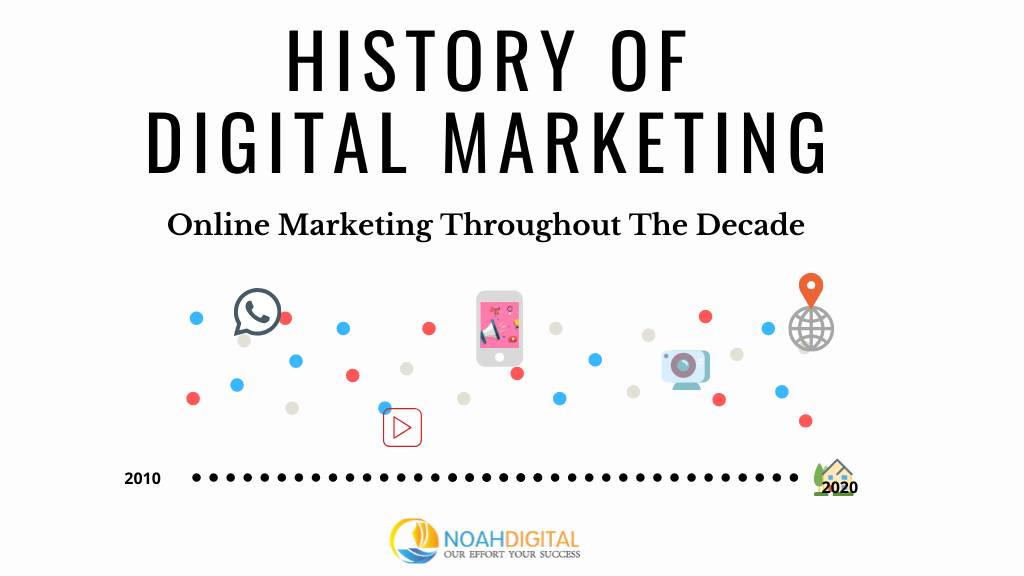Over the past three decades, unprecedented technological progress has impacted every sphere of life. From how we absorb content to where we absorb it from, it has had a drastic impact on the human lifestyle in general.
Marketing is no stranger to technological advancement – starting from radio and telephone-based campaigns to transitioning to the more visual television medium. The current state of marketing is highly digitalized – from paid search engine marketing to highly personalized mobile marketing campaigns.
The history of digital marketing over the decade is important as it was the first one where digital marketing transitioned from one component of marketing to be the most important marketing strategy for organizations.
As 2019 comes to an end, we take a look back at of the history of digital marketing over the decade and some significant moments:
2010
The turn of the decade was an exciting time. Social media was a relatively newer medium, search engine marketing was making forays into the public, and mobile marketing was just about to get started.
While Facebook had 2.45 billion users going in 2018, the social media platform had only 130 million users in Q1, 2010. However, it was growing.
Social media usage was on the rise at the turn of the decade. In the United States, 9 out of every 10 internet users were using a social networking website. Social media platforms were also increasing. While Facebook and Twitter were already there, newbies such as Instagram and WhatsApp debuted in 2010.
Apple had already made waves with its 2007 iPhone launch. By 2010, 25% of mobile subscribers had made the switch to a smartphone. The company went one step further and launched the iPad – the first tablet that could leverage the internet.
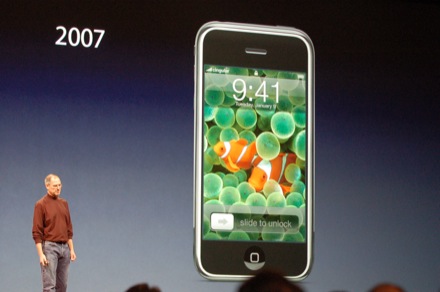
Like many other Apple products, this product was also a huge hit and introduced yet another source of internet traffic – tablets.
2011
Continuing the momentum set by 2010, 2011 was sure not to be left behind. Visual content, social sharing, and social media marketing had disrupted the marketing paradigm, and the signs of change were visible.
While Instagram’s launch was already successful, 2011 gave birth to Snapchat. The new application was highly interactive and ‘at the moment’ with its stories disappearing after 24 hours.
The changing pattern also affected Twitter, as the microblogging website launched an improved user interface and homepage for its viewers.
The growing need to share content with associates, friends, and family prompted the birth of Facebook Messenger as a separate application for mobile users, instead of the conventional in-app messaging experience.
The search engine marketing landscape was overcome by content that provided no value and was essentially ‘stuffed’ with keywords to rank better. Google introduced the famous ‘Panda’ update to do away with such links and introduce new metrics to ascertain relevant rankings.
This year was an important year in the history of digital marketing as it showed the changing pattern of future content consumption. It was 2011 when the youth consumption of web content surpassed that of what they consumed from television.
2012
The rise of social media as a communication platform, as well as a marketing tool, was evident throughout 2012. In fact, social media marketing budgets increased by more than 60%!
Not only did Facebook introduce ‘boosted’ posts to its News Feed to help marketers gain more visibility – but it also bought Instagram, a very positive move for the company’s future.
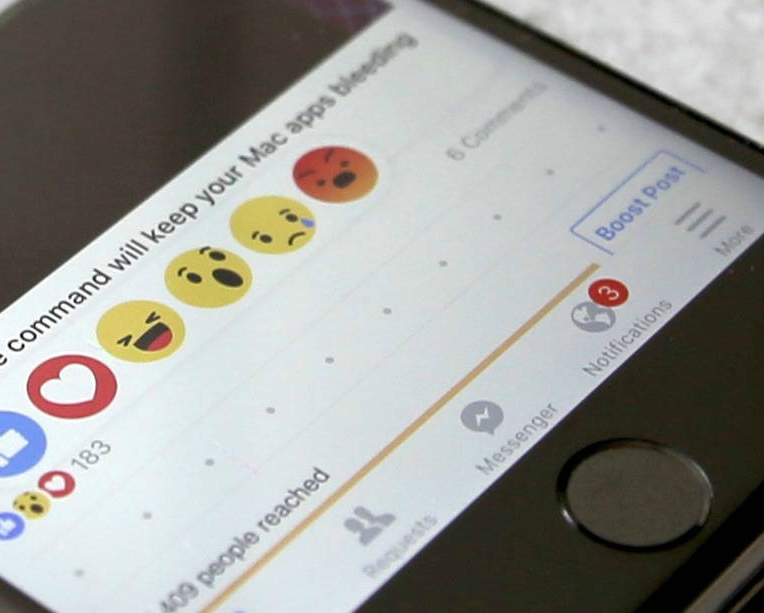
Twitter usage increased manifold as the population took a liking of the then 140-character tweets. The platform experienced a surge of over 40% usage in a single year.
Even new entrants like Snapchat had a strong year. By November, users were showing and sending over 20 million photos per day on the platform! Talk about massive growth.
2013
After 3 successive years of launches and updates, 2013 was a year of realization and optimization. Businesses were adjusting their strategies to cater to newly found social media channels, and consumers were shifting their behavioral preferences from conventional media to digital media.
Video content was the star – a sign of things to come. Twitter first acquired then launched the ‘Vine’ platform. Users could make and share six-second video clips, which became increasingly famous. On the other hand, Instagram also launched 15-second clips to allow users exposure to more visual content.
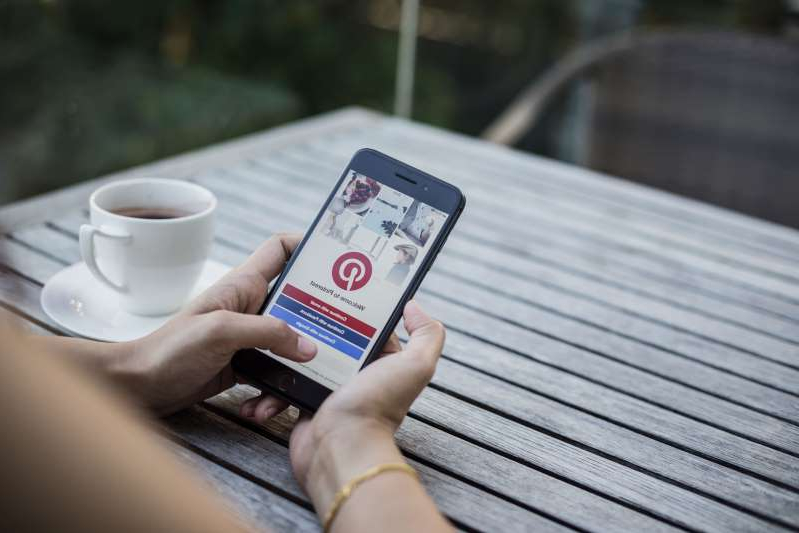
As the live-streaming trend continued to gain a foothold in the industry, Twitter acquired and launched the ‘Periscope’ website to add it its arsenal.
2016
Digital marketing had solidified its status as a key marketing strategy, and more and more organizations were drawn towards the excellent exposure and ROI provided by such channels.
This year was instrumental as it marked an important event in the history of digital marketing over the decade. Ever since the launch of the iPhone, smartphones have become a crucial digital marketing asset. However, in 2016, mobile marketing arguably triumphed other forms for the first time as mobile web usage exceeded PC web usage.
Facebook also jumped aboard the live-video bandwagon by launching Facebook Live. In other news, Twitter discontinued Vine as Instagram won the short-video war.
2017
As consumer engagement continued to dictate content popularity, spammers had found a loophole: use enticing tactics to lure consumers without providing valuable content.
This issue was particularly evident on the biggest platform of them all, Facebook. 2017 was the year Facebook made corrective algorithmic measures to curb the reach of ‘Exposure Bait.’
The stories feature was already popularized by Snapchat and then Instagram. Facebook also introduced stories to its platform.
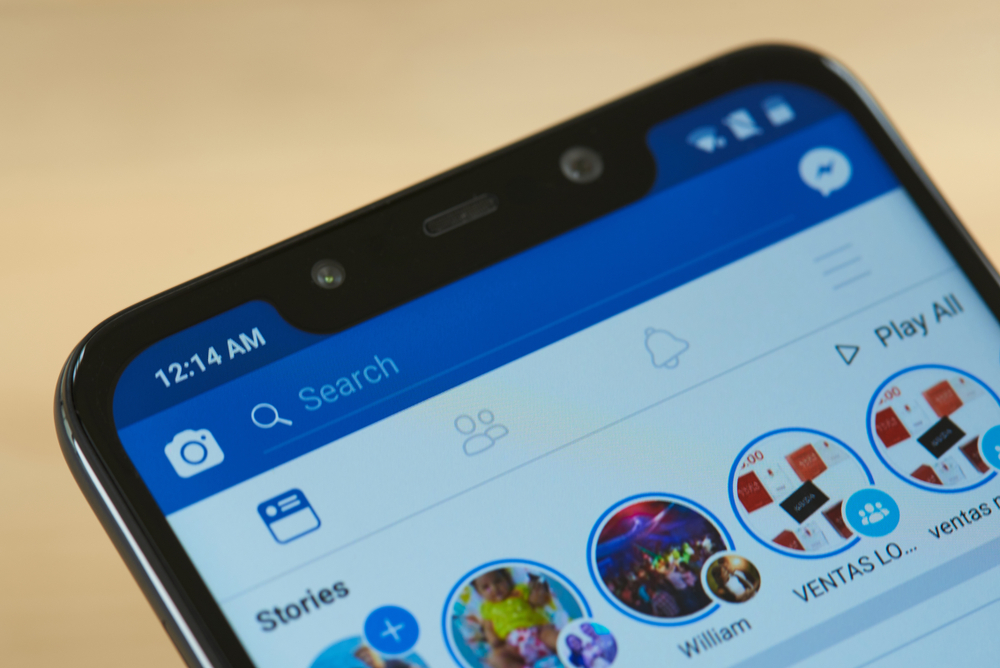
However, the key takeaway from 2017 was the fact that it was the first year where digital ad spend (the global amount of money spent on paid search marketing, search engine marketing, mobile marketing, etc.) exceeded TV ad spend.
2018
The year 2018 started with change. First off, Facebook tweaked its algorithm to promote content shared or posted by your family, friends, and other familiar sources in a bid to provide ‘more meaningful interactions.’ This had a drastic impact on social media marketers.
Then, Google changed its 2-decade old brand AdWords to a more generic ‘Google Ads.’ In a move that impacted both search engine marketing and paid search engine marketing, the move was reflective of how the ads can be placed all over Google platforms (YouTube, Playstore, etc.) instead of just the search engine.
Other key events included the rise of smart speakers, with more than 50 million Americans using them. This was a key event in the context of voice search engine marketing, which is predicted to become the most dominant form of search engine marketing in the future.
2019 And Beyond
As the year 2019 comes to an end, the year has been highlighted by technological innovations becoming the center point of modern-day marketing.
From companies using chatbots to increase customer retention to machine learning paving the way for automation – the MarTech revolution is well and truly above us.
Even conventional digital marketing tactics have experienced growth – such as the paid search engine marketing arena, which saw a 16% year-on-year growth.
As 2020 approaches, marketing has gone from banner ads to highly personalized product recommendations at your favorite eCommerce store. Consumer preference reigns supreme, and if you are to stand a chance at succeeding, you must also emphasize the consumer experience.
After learning all the history of digital marketing over the decade, are you interested in optimizing your digital marketing strategy for the future? Contact us now to get started!

